SDG GOAL 6
CLEAN WATER AND SANITATION
Goal 6. Ensure availability and sustainable management of water and sanitation for all
|
|
|
|
DIRECT NAVIGATION TO INDIVIDUAL WEBPAGE FOR EACH GOAL
|
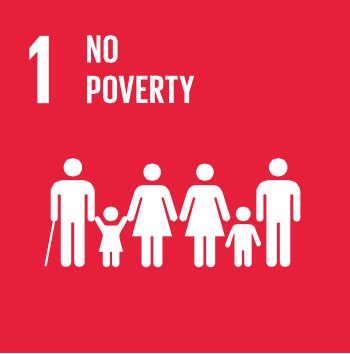
|
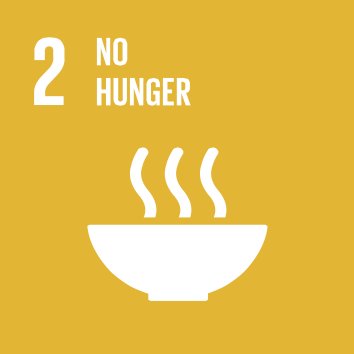
|
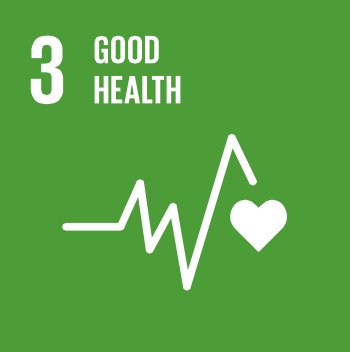
|
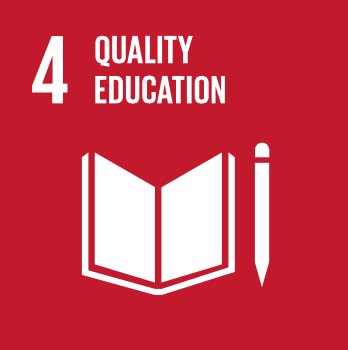
|
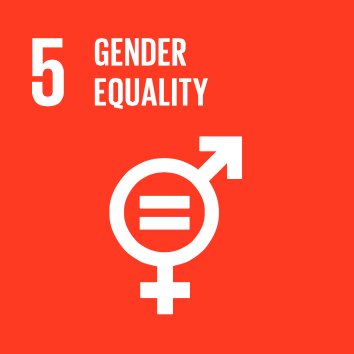
|
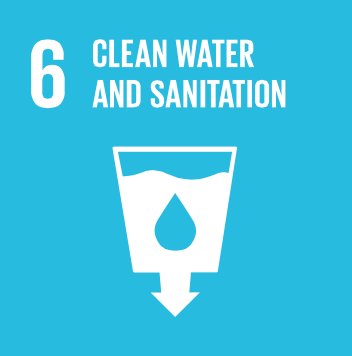
|
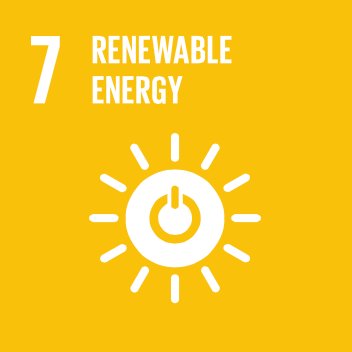
|
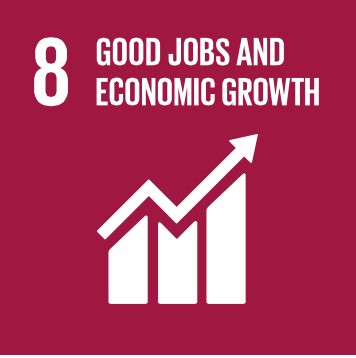
|
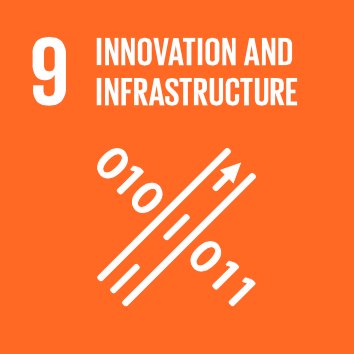
|
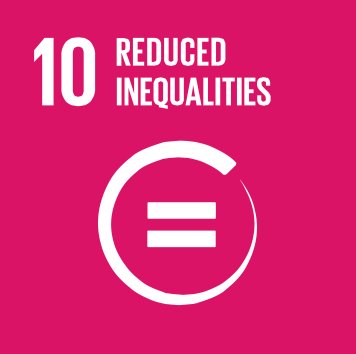
|
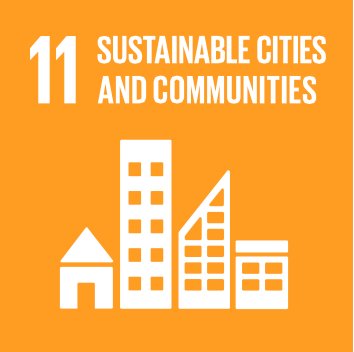
|
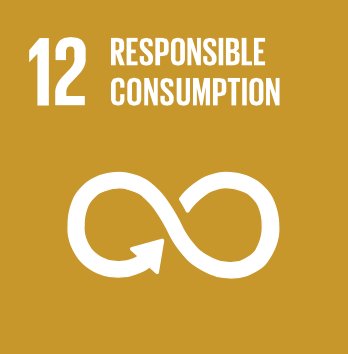
|
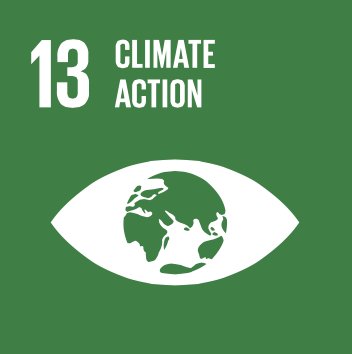
|
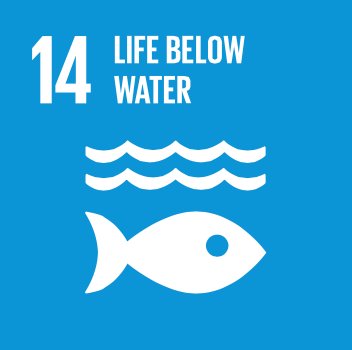
|
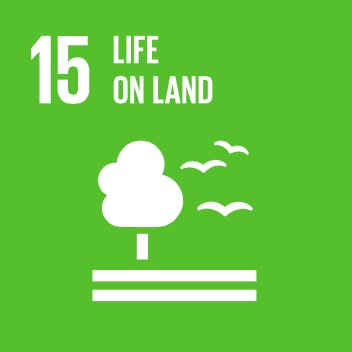
|
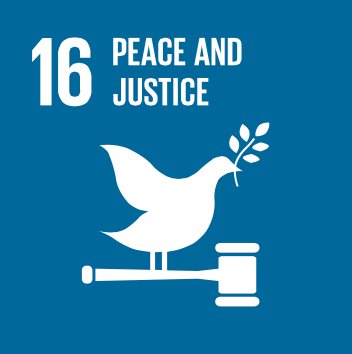
|
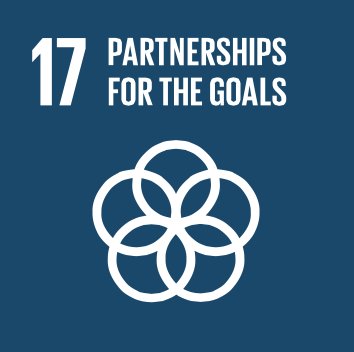
|
|
SDG GOAL 6 ... CLEAN WATER AND SANITATION
Goal 6. Ensure availability and sustainable management of water and sanitation for all
|

|
Goal 6. CLEAN WATER AND SANITATION ... ensure availability and sustainable management of water and sanitation for all
|
|
|
Goals and targets
|
Indicators
|
|
|
6.1
|
By 2030, achieve universal and equitable access to safe and affordable drinking water for all
|
6.1.1 Proportion of population using safely managed drinking water services
|
|
|
6.2
|
By 2030, achieve access to adequate and equitable sanitation and hygiene for all and end open defecation, paying special attention to the needs of women and girls and those in vulnerable situations
|
6.2.1 Proportion of population using safely managed sanitation services, including a hand-washing facility with soap and water
|
|
|
6.3
|
By 2030, improve water quality by reducing pollution, eliminating dumping and minimizing release of hazardous chemicals and materials, halving the proportion of untreated wastewater and substantially increasing recycling and safe reuse globally
|
6.3.1 Proportion of wastewater safely treated
6.3.2 Proportion of bodies of water with good ambient water quality
|
|
|
6.4
|
By 2030, substantially increase water-use efficiency across all sectors and ensure sustainable withdrawals and supply of freshwater to address water scarcity and substantially reduce the number of people suffering from water scarcity
|
6.4.1 Change in water-use efficiency over time
6.4.2 Level of water stress: freshwater withdrawal as a proportion of available freshwater resources
|
|
|
6.5
|
By 2030, implement integrated water resources management at all levels, including through transboundary cooperation as appropriate
|
6.5.1 Degree of integrated water resources management implementation (0-100)
6.5.2 Proportion of transboundary basin area with an operational arrangement for water cooperation
|
|
|
6.6
|
By 2020, protect and restore water-related ecosystems, including mountains, forests, wetlands, rivers, aquifers and lakes
|
6.6.1 Change in the extent of water-related ecosystems over time
|
|
|
6.a
|
By 2030, expand international cooperation and capacity-building support to developing countries in water- and sanitation-related activities and programmes, including water harvesting, desalination, water efficiency, wastewater treatment, recycling and reuse technologies
|
6.a.1 Amount of water- and sanitation-related official development assistance that is part of a government-coordinated spending plan
|
|
|
6.b
|
Support and strengthen the participation of local communities in improving water and sanitation management
|
6.b.1 Proportion of local administrative units with established and operational policies and procedures for participation of local communities in water and sanitation management
|
|
INDICATORS / WORKING NOTES
Goal 06 ... Proposed Indicators 50 to 53
Potential and Illustrative Core Indicators
|
|
Indicator 50:
|
Percentage of population using basic drinking water, by urban/rural (modified MDG Indicator)
Rationale and definition: This indicator measures the percentage of the urban and rural population with
access to basic drinking water services, as defined by the WHO/UNICEF Joint Monitoring Programme.
Drinking water is defined as water used by humans for ingestion, food preparation, and basic hygiene
purposes. Households are considered to have basic drinking water service when they use water from an
improved source with a total collection time of 30 minutes or less for a round trip, including queuing.
An improved drinking water source is a source or delivery point that by nature of its construction or through
active intervention is protected from outside contamination with fecal matter. Improved drinking water
sources can include: piped drinking water supply on premises; public taps/stand posts; tube well/borehole;
protected dug well; protected spring; rainwater; and bottled water (when another improved source is used
for hand washing, cooking or other basic personal hygiene purposes).105
Lack of safe drinking water is a major cause of illness and mortality, as a result of exposure to infectious
agents, chemical pollutants, and poor hygiene. Inadequate access to water in the home is also a source of
economic disadvantage by requiring large commitment of human resources to fetching and carrying water.
This indicator provides a proxy measure both of exposure, in terms of access to safe drinking water, and the
effectiveness of actions to improve access.106
Disaggregation: By urban/rural. Further opportunities for disaggregation to be reviewed.
Comments and limitations: Use of an improved drinking water source is a proxy for measuring access to safe
drinking water. The limitations of this indicator are that it does not specify a minimum available amount of
water.
Preliminary assessment of current data availability by Friends of the Chair: A
Potential lead agency or agencies: WHO, UNICEF, and other members of the Joint Monitoring Program
collect data for this indicator. To the extent possible the collection and reporting mechanisms should be fully
integrated in the national statistical systems.
|
|
|
Indicator 51:
|
Percentage of population using basic sanitation, by urban/rural (modified MDG Indicator)
Rationale and definition: The indicator measures the percentage of the population in urban and rural areas
with access to an improved sanitation facility, as defined by the WHO/UNICEF Joint Monitoring Programme.
Improved sanitation facilities at home are those that effectively separate excreta from human contact, and
ensure that excreta do not re-enter the immediate environment. Each of the following types of facilities are
considered adequate if the facility is shared among no more than 5 households or 30 persons, whichever is
fewer: a pit latrine with a superstructure, and a platform or squatting slab constructed of durable material
105 WHO-UNICEF Joint Monitoring Programme, (2013), “Post-2015 WASH Targets and Indicators.”
106 UNESCO Water World Assessment Programme. See:
http://webworld.unesco.org/water/wwap/wwdr/indicators/pdf/F4_Access_to_safe_drinking_water.pdf
Revised working draft (July 25, 2014)
65
(composting latrines, pour-flush latrines, etc.); a toilet connected to a septic tank; or a toilet connected to a
sewer (small bore or conventional).107
Access to adequate excreta disposal facilities is fundamental to decrease the fecal risk and the frequency of
associated diseases. The use of improved sanitation facilities reduces diarrhea-related morbidity in young
children and also helps accelerate economic and social development in countries where poor sanitation is a
major cause for missed work and school days because of illness. Its association with other socioeconomic
characteristics (education, income) and its contribution to general hygiene and quality of life also make it a
good universal indicator of human development.108
Disaggregation: By urban/rural. Further opportunities for disaggregation to be reviewed.
Comments and limitations: N/A.
Preliminary assessment of current data availability by Friends of the Chair: A
Potential lead agency or agencies: WHO, UNICEF, and other members of the Joint Monitoring Program
collect data for this indicator. To the extent possible the collection and reporting mechanisms should be fully
integrated in the national statistical systems.
|
|
|
Indicator 52:
|
Percentage of wastewater flows treated to national standards, by domestic and industrial source
Rationale and definition: Lack of treatment of domestic and industrial wastewater presents a serious health
and environmental hazard in many cities, particularly in developing countries where 80-90% of urban
wastewater is untreated or insufficiently treated when discharged.109 Even in developed countries
wastewater is not universally treated. Global rates of wastewater generation are increasing at an
exponential rate as a result of rapid population growth and urbanization. A huge volume of untreated
wastewater is dumped directly into water sources, threatening human health, ecosystems, biodiversity, food
security, and the sustainability of water resources.110
For this reason we propose that an indicator on wastewater treatment be added to the post-2015
monitoring framework. There are many ways to define wastewater. Broadly defined, wastewater is a
combination of one or more of: domestic effluent consisting of blackwater (excreta, urine and fecal sludge)
and greywater (kitchen and bathing wastewater); water from commercial establishments and institutions,
including hospitals; industrial effluent, storm water and other urban run-off; agricultural, horticultural and
aquaculture effluent, either dissolved or as suspended matter.111
Wastewater treatment is the process of removing suspended and dissolved physical, chemical, and biological
contaminants to produce (a) water that is safe to be discharged to the environment or suitable for reuse and
(b) a solid sludge suitable for disposal or reuse (e.g. as fertilizer). Using advanced technology, it is now
possible to re-use used water after treatment for agricultural purposes, industry or even as drinking
water.112
107 WHO-UNICEF Joint Monitoring Programme, (2013), “Post-2015 WASH Targets and Indicators.”
108 UN DESA, (2007b), Indicators of Sustainable Development: Guidelines and Methodologies – Methodology sheets, New York:
United Nations.
http://www.un.org/esa/sustdev/natlinfo/indicators/methodology_sheets/poverty/improved_sanitation.pdf.
109 UNESCO, (2011), Global Challenge of Wastewater: Examples from Different Countries. Presentation at World Water Week in
Stockholm, August 21-27, 2011.
110 Ibid.
111 Corcoran, E., C. Nellemann, E. Baker, R. Bos, D. Osborn, H. Savelli (eds), (2010), Sick Water? The central role of waste-water
management in sustainable development, A Rapid Response Assessment, United Nations Environment Programme, UN-HABITAT.
GRID-Arendal. See: www.grida.no
112 Ibid, and UNESCO, (2011).
Revised working draft (July 25, 2014)
66
Disaggregation: By municipal and industrial wastewater, by city.
Comments and limitations: To be reviewed.
Preliminary assessment of current data availability by Friends of the Chair: B
Potential lead agency or agencies: To be determined, options include WHO/UNICEF Joint Monitoring
Programme (JMP), UNEP, and UN-Habitat.
|
|
|
Indicator 53:
|
Percentage of total water resources used (MDG Indicator)
Rationale and definition: This MDG Indicator is defined as the total volume of groundwater and surface
water abstracted from their sources for human use (e.g.in sectors such as the agricultural, the industrial or
municipal use), expressed as a percentage of the total annual renewable water resources. This indicator
shows whether a country abstracts more than its sustainable supply of freshwater resources. It can be used
to track progress in the sustainable, integrated, and transparent management of water resources.
Disaggregation: Since the indicator can be disaggregated to show the abstractions by sector (also showing
use efficiencies for each sector), it can help identify and manage competing claims on water resources by
different users.113
Comments and limitations: Many countries do not have good assessments of their aquifer volumes and
recharge/discharge calculations, so important efforts will need to be made to improve data gathering.
Ideally the indicator should be calculated for individual water basins since demand and supply need to be
balanced at the basin level.
Preliminary assessment of current data availability by Friends of the Chair: B
Potential lead agency or agencies: The FAO and/or UNEP can help collect data at the country level.114
|
|
|
Indicator 54:
|
[Reporting of international river shed authorities on trans-boundary river-shed management]— Indicator to be developed
Rationale and definition: Rivers, as well as other freshwater ecosystems, are crucial for human survival. They
are also very rich in biodiversity. Rivers travel across borders and within each country they are subject to
damming, pollution, and reservoirs. A suitable indicator must be developed to measure progress towards a
sustainable trans-boundary management of rivers.
Disaggregation: Opportunities for disaggregation to be reviewed once an indicator has been developed.
Comments and limitations: To be reviewed once an indicator has been developed.
Preliminary assessment of current data availability by Friends of the Chair: C
Potential lead agency or agencies: GEF, UNEP, or INBO can collect the required data.
113 See UN DESA, (2007a).
114 For more information see: http://www.fao.org/ag/aquastat
Revised working draft (July 25, 2014)
67
Additional indicators that countries may consider:
• [Indicator on Integrated Water Resources Management (IWRM)] - to be developed: this indicator
will track the implementation of integrated water resources management at all levels, and through
transboundary cooperation as appropriate.
• Percentage of pupils enrolled in early childhood development programs providing basic drinking
water, adequate sanitation, and adequate hygiene services. This indicator measures access to
drinking water, gender separated sanitation facilities, and hand washing facilities in schools, using
WHO-UNICEF JMP definitions.
• Percentage of beneficiaries using hospitals, health facilities, and clinics providing basic drinking
water, adequate sanitation, and adequate hygiene. This indicator measures access to drinking
water, gender separated sanitation amenities, and hand washing facilities for patients in health
facilities, using WHO-UNICEF JMP definitions.
• Percentage of population with basic hand washing facilities in the home. This indicator measures
access to soap and water at hand washing facilities in the home, using WHO-UNICEF JMP definitions.
• Percentage of population reporting practicing open defecation. This indicator measures population
not using any sanitation facility and is a strong measure of poverty.
Revised working draft (July 25, 2014)
|
|
|
|
|

